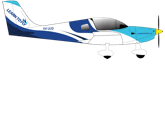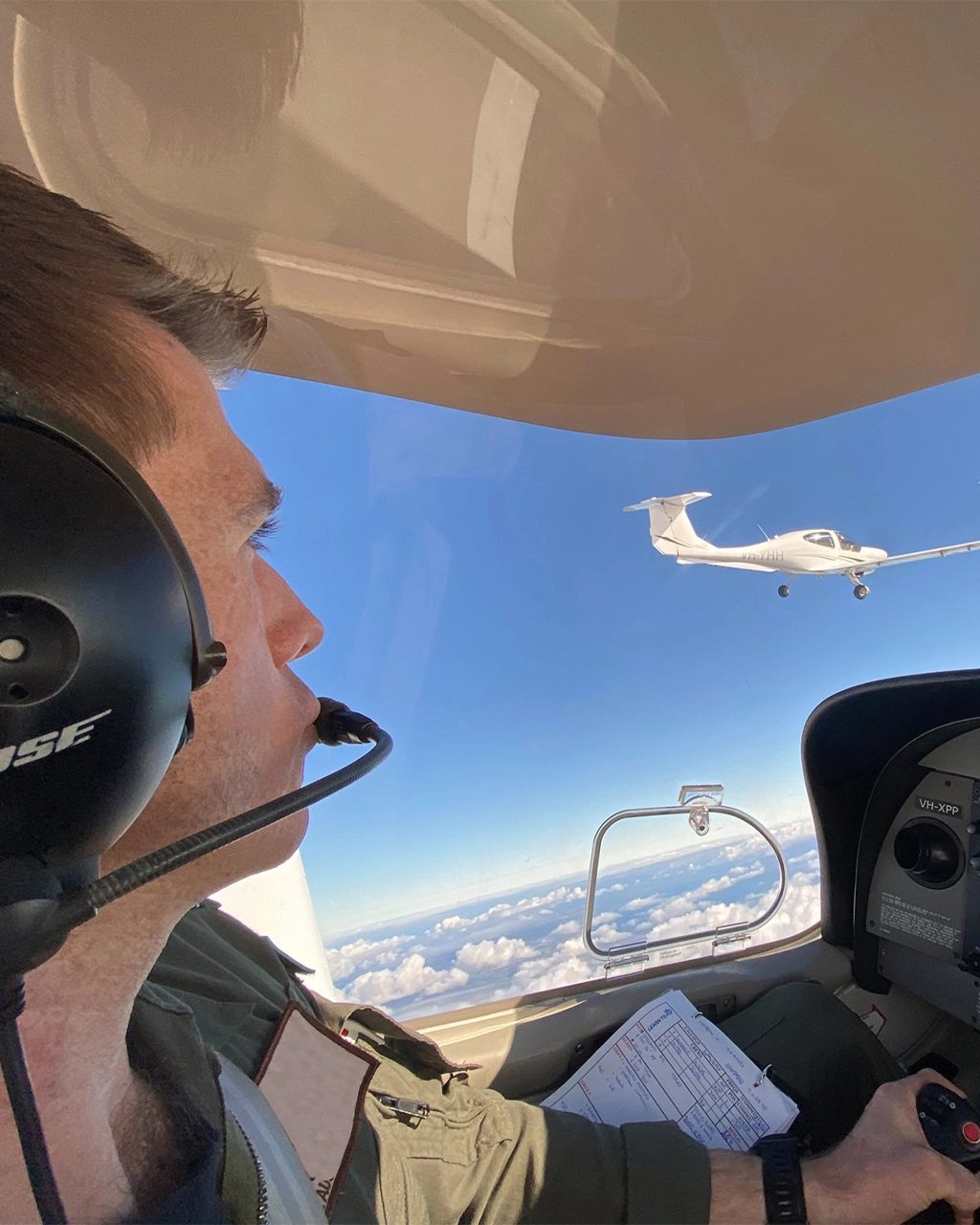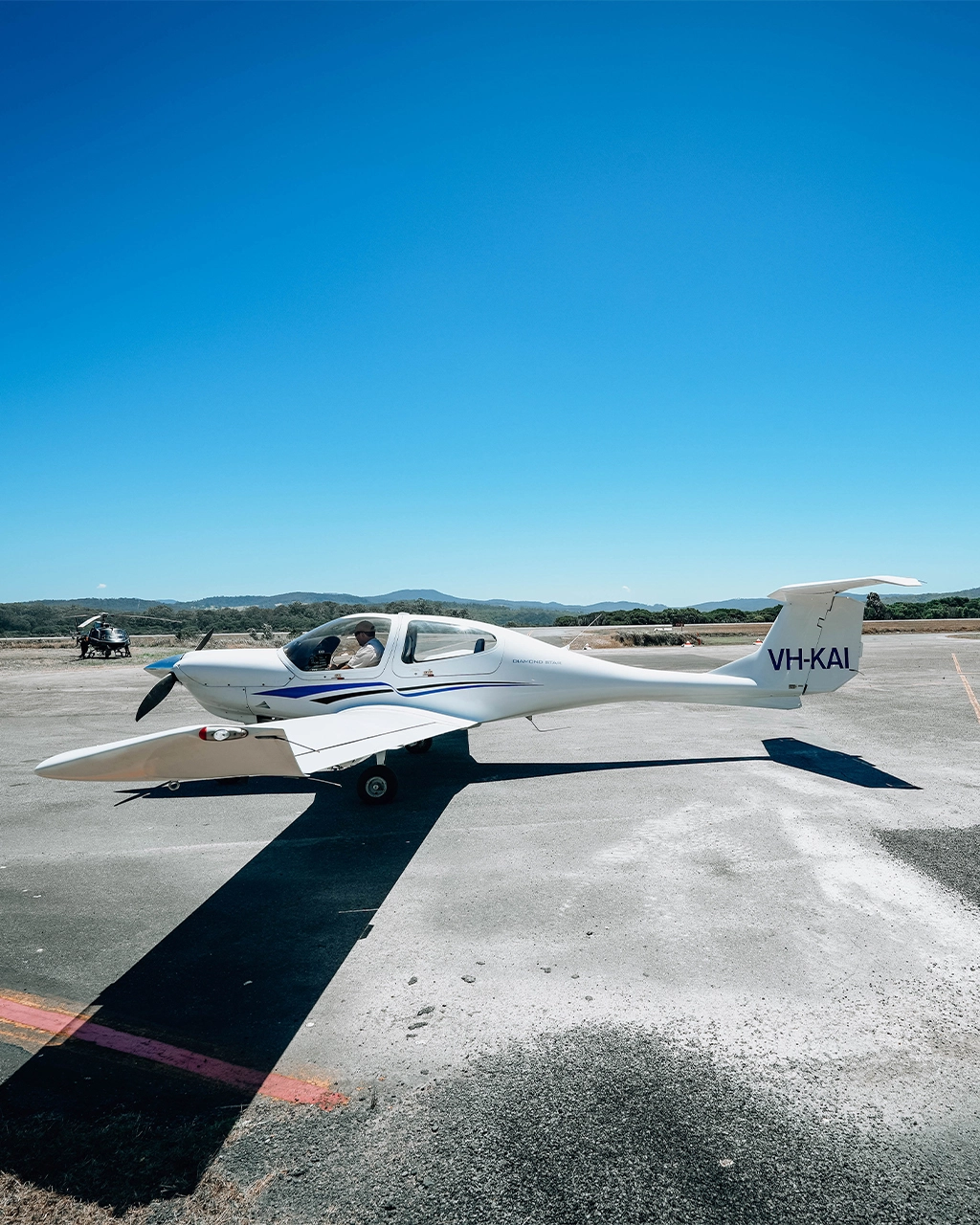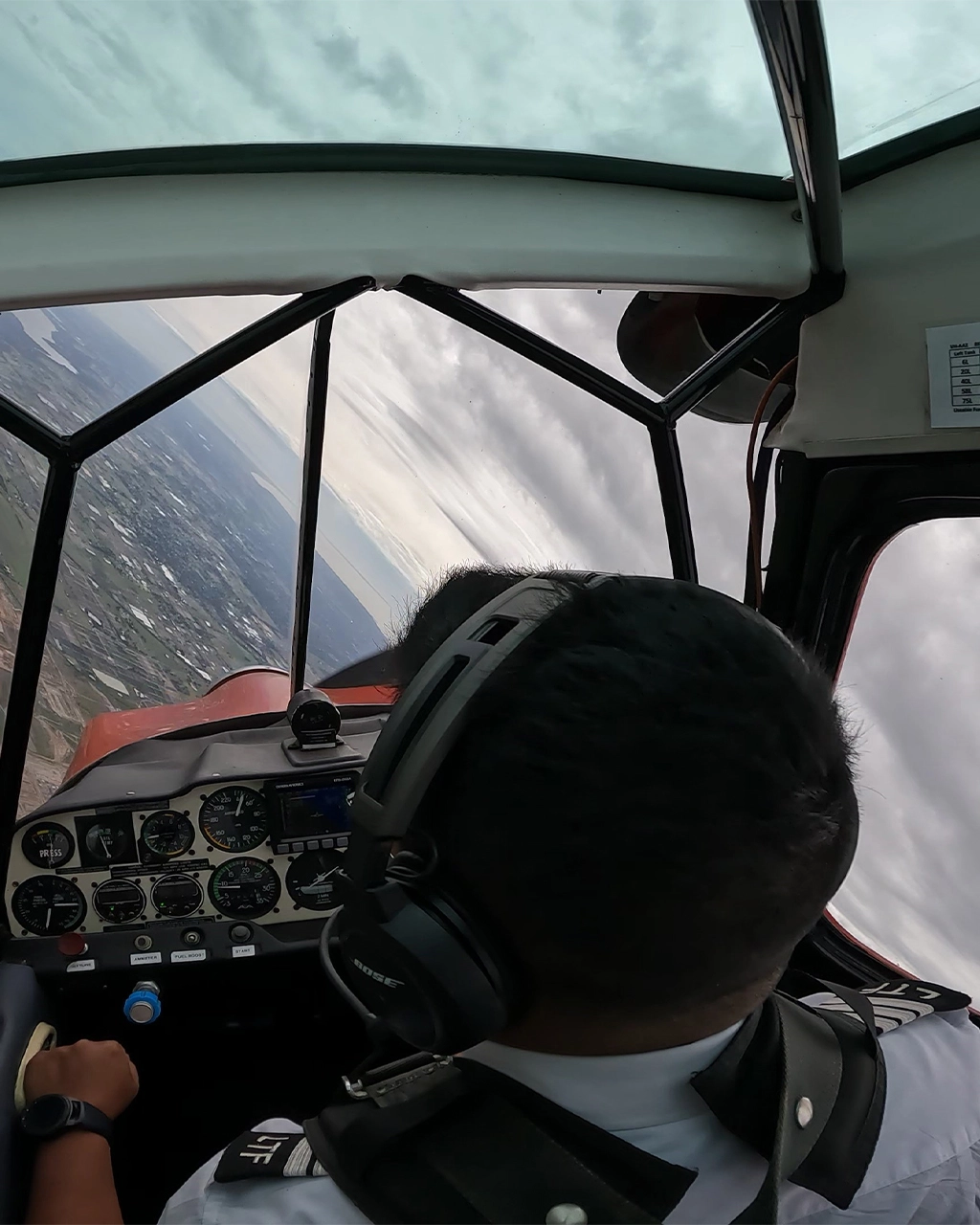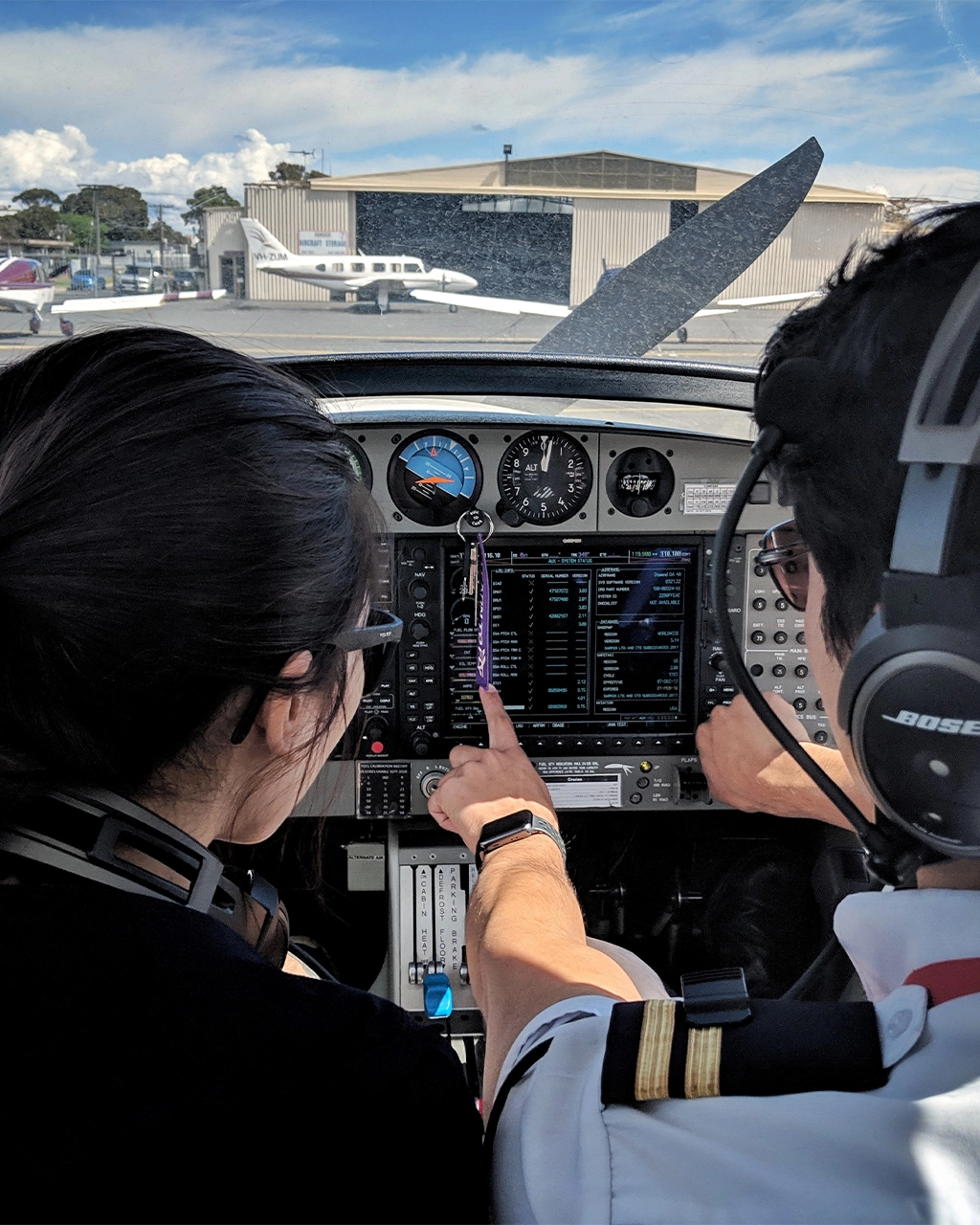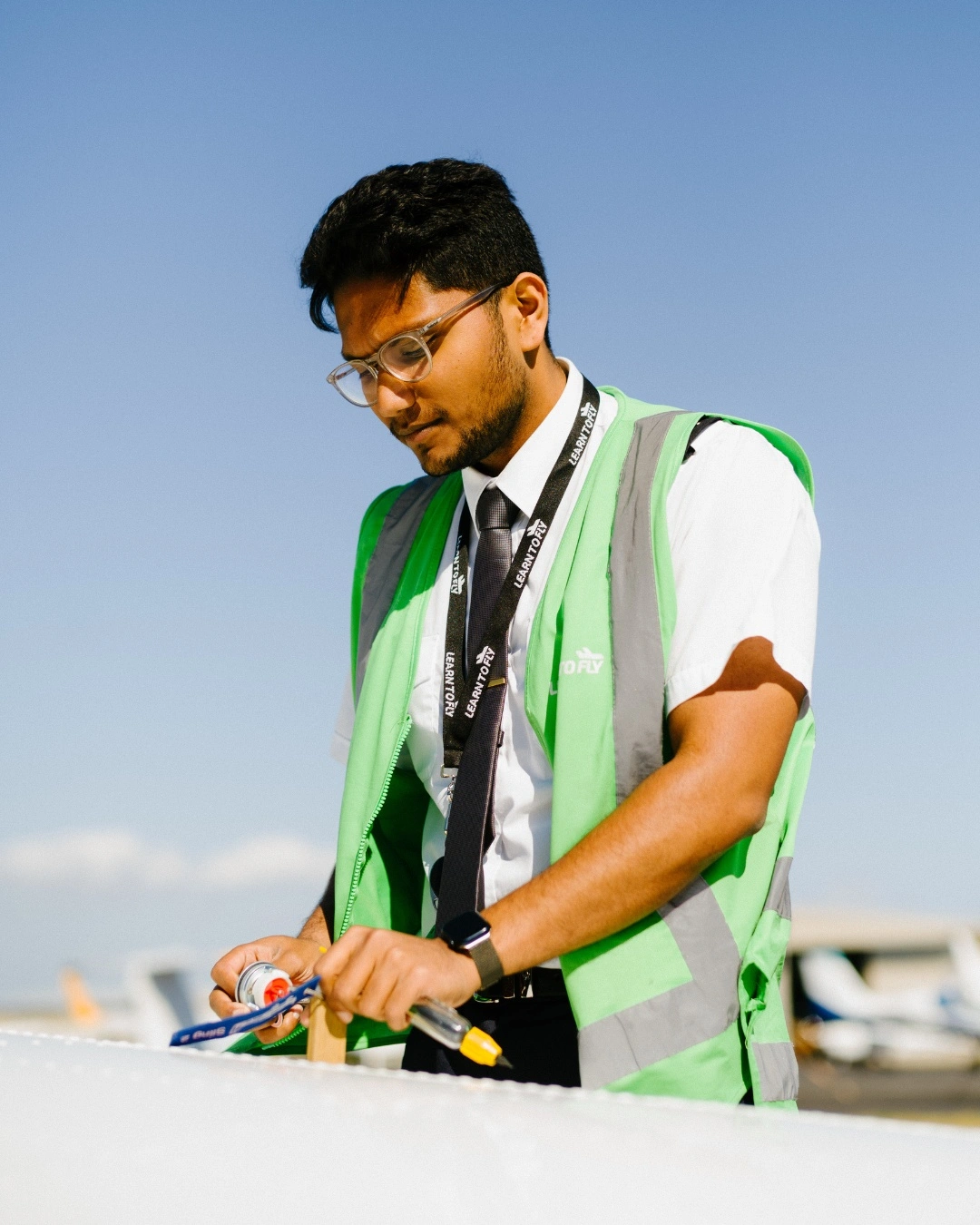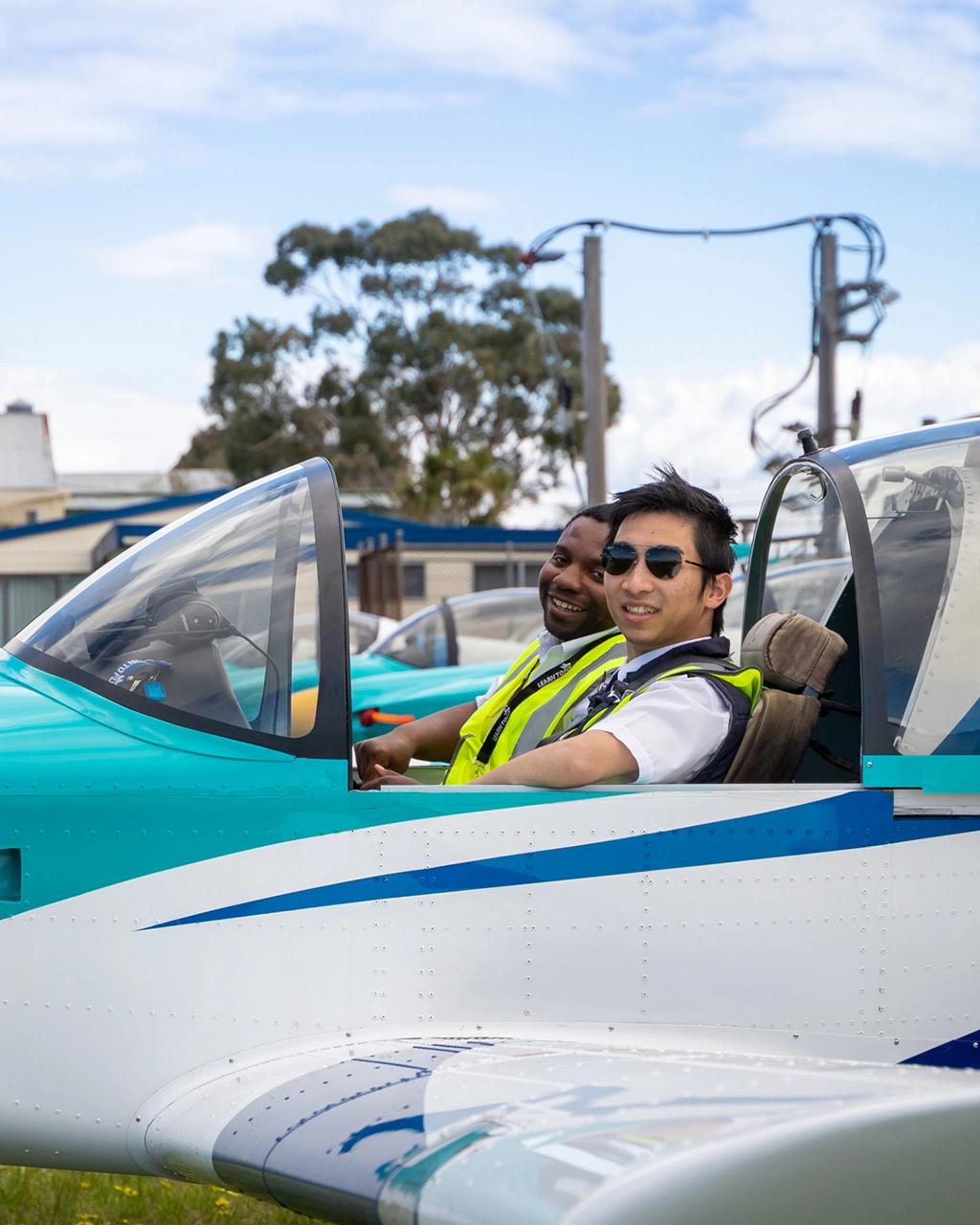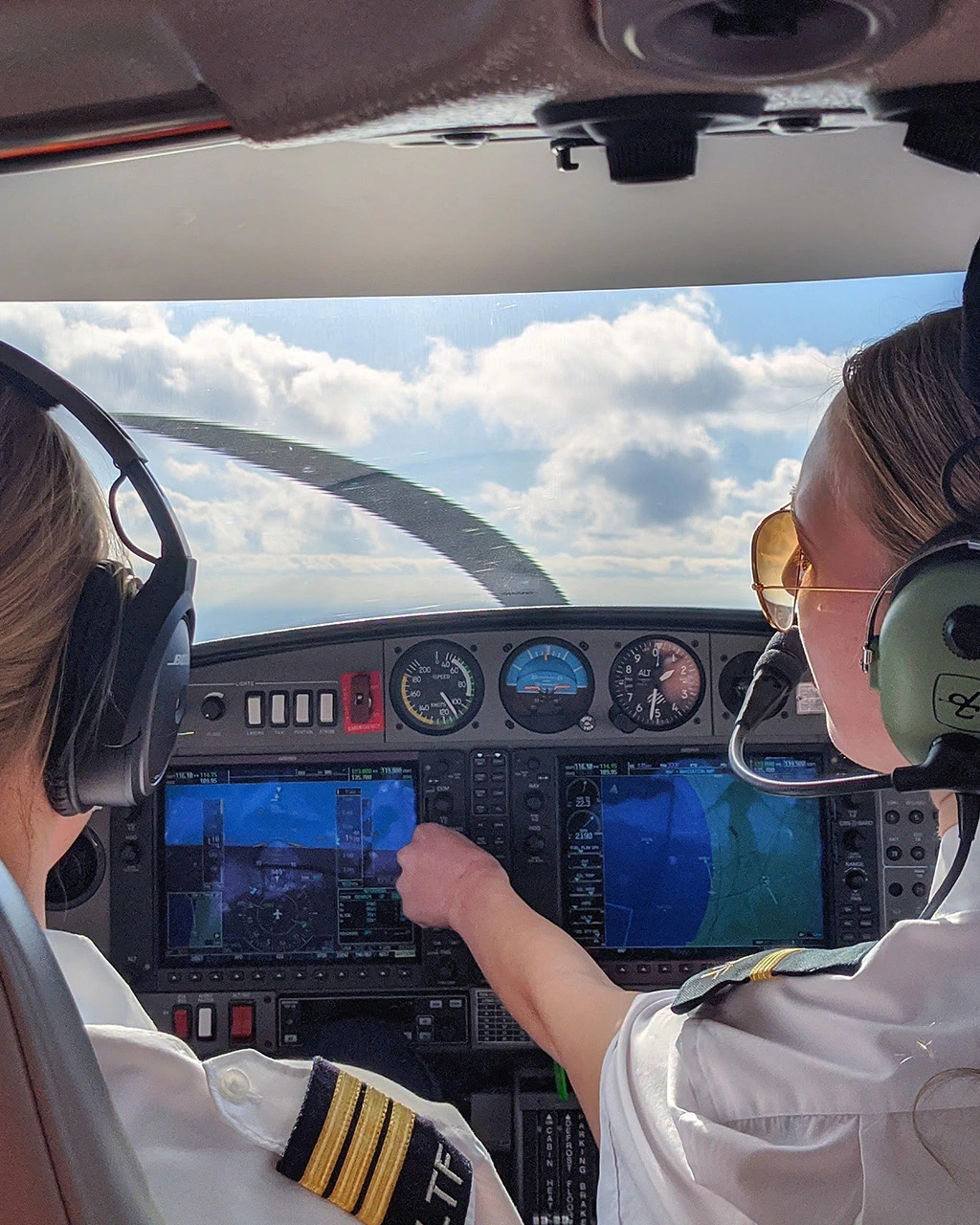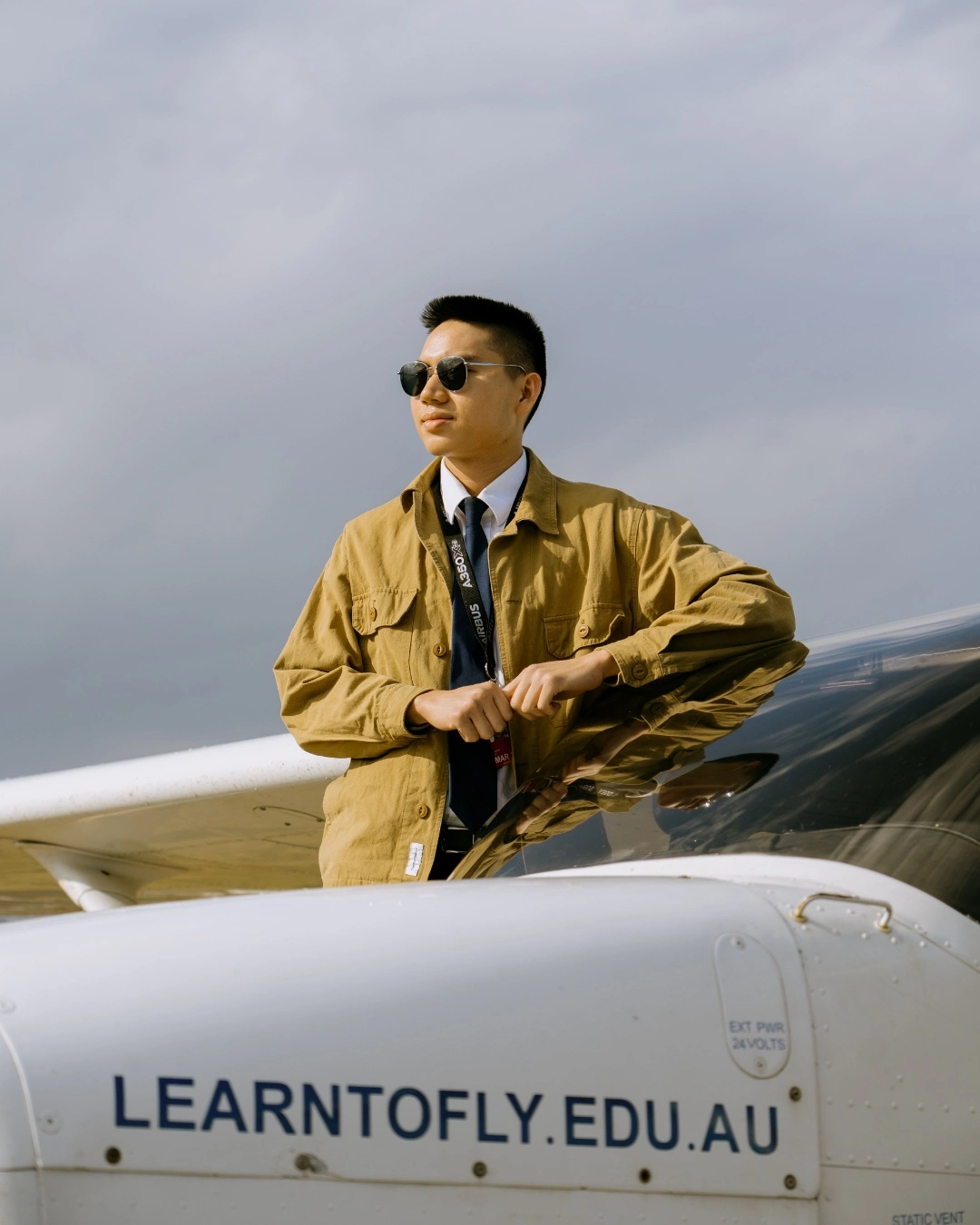The aviation industry continues to face significant dangers from spatial disorientation, which remains a constant threat.
The aviation industry continues to face challenges with spatial disorientation as both new and seasoned pilots succumb to sensory illusions during flights with poor visual references despite advanced technology and extensive training programs. The resulting illusions from spatial disorientation can cause pilots to lose control of their aircraft while entering erroneous commands that may result in deadly crashes.
Understanding Spatial Disorientation
A pilot experiences spatial disorientation when they can no longer accurately determine the aircraft’s position or movement in relation to the Earth. The phenomenon represents a discrepancy between the sensory signals received by the body and the actual situation taking place.
The three main systems humans use for orientation maintenance include the visual system, vestibular system, and proprioceptive system.
- During visual flight conditions, the eyes supply dominant orientation information to the visual system.
- The vestibular system, which resides in the inner ear, functions to detect motion and positional changes.
- The proprioceptive system produces data about body position from signals received from muscles and joints.
During night flights or when flying through clouds and heavy fog, pilots depend on vestibular and proprioceptive systems, which prove to be unreliable for maintaining orientation. Pilots experience illusions and become disoriented.
Common Types of Spatial Disorientation Illusions
Pilots need to understand specific illusions they encounter to effectively combat them.
1. The Leans
The Leans develops when the inner ear fails to perceive a gradual roll or bank movement. After levelling the aircraft, pilots often sense a false banking motion in the opposite direction, which leads them to repeat their initial error by banking the plane again.
2. Coriolis Illusion
When the head moves throughout an extended turn, it activates all three semicircular canals, which results in a strong disorienting feeling of rotation across different planes.
3. Somatogravic Illusion
This occurs during rapid acceleration or deceleration. Rapid acceleration causes pilots to perceive an upward nose pitch, which often leads to a dangerous nose lowering during take-off or go-around maneuvers.
4. Inversion Illusion
The abrupt transition from climbing to level flight creates a backward tumbling illusion, which typically leads pilots to push the nose down sharply.
Risk Factors and High-Susceptibility Scenarios
Some flight environments have a higher risk of causing pilot disorientation.
- IMC (Instrument Meteorological Conditions): Visual cues become unreliable or completely disappear when pilots encounter clouds and fog conditions that reduce visibility.
- Night flying: Nighttime flying across sparsely-lit regions can trick pilots into thinking their aircraft is flying straight, even if it is tilted.
- Single-pilot operations: Spatial disorientation may remain unchecked longer when there is no second pilot available to cross-check the flight instruments and aircraft performance.
- Fatigue and stress: When cognitive overload occurs, it limits the brain’s capacity to process conflicting sensory data effectively.
Training programs for obtaining a recreational pilot licence in Australia, as well as advanced credentials, require flight instructors and safety managers to emphasise these conditions.
Prevention and Mitigation Strategies
1. Instrument Proficiency
Strict adherence to flight instruments offers the best protection against spatial disorientation. Flight training requires pilots to fly using instrument readings rather than bodily sensations when visual cues disappear.
Instrument flight training teaches pilots scanning patterns together with cross-check procedures to determine which flight instruments take precedence during different flight situations. During unusual attitude recovery, the attitude indicator alongside the airspeed indicator and vertical speed indicator become critical instruments.
2. Crew Resource Management (CRM)
CRM helps mitigate disorientation in multi-crew environments. Training pilots in open communication methods and instrument cross-checks together with shared situational awareness protects the flight from the effects of a disoriented pilot.
3. Autopilot and Automation
Autopilot systems serve as essential support mechanisms when pilots face high workload demands or experience reduced visibility. Automation systems preserve flight stability, which allows pilots to regain their orientation, while basic instrument skills remain essential.
Regulatory and Training Emphasis
CASA, along with international aviation authorities, require pilots to complete extensive training focused on spatial disorientation recognition and recovery procedures during their licensing process.
A cadet pilot program in Australia provides theoretical instruction on aeromedical topics alongside practical training in IMC and night navigation with advanced instrument flying techniques. Students develop skills to interpret cockpit instruments and base their trust on these readings above anything else.
Pilot programs establish foundational discipline and awareness during training, which become crucial elements for safety and professional growth.
Real-World Incidents and Lessons Learned
The ongoing issue of spatial disorientation remains a leading factor in accidents worldwide. The aircraft crash that killed John F. Kennedy Jr. in 1999 demonstrated the dangers of flying at night over water with minimal visual references. Many general aviation accidents occur when VFR pilots enter IMC without sufficient training.
These incidents demonstrate that spatial disorientation should be regarded as a fundamental danger comparable to engine failure or controlled flight into terrain (CFIT).
Building a Culture of Awareness
Pilots must maintain ongoing educational engagement and procedural discipline alongside awareness to protect against spatial disorientation beyond just understanding illusions. Pilots need to develop resilience against powerful sensory conflicts through recurrent training, simulator sessions, and advanced courses to avoid being misled even when they are experienced in aviation.
Training programs in Australia for recreational pilot license students as well as structured programs for future airline captains, must incorporate deep-rooted principles of situational awareness and sound aeronautical decision-making into their core training culture. A quick search for an aviation academy near me often reveals flight schools that include this capability as part of their syllabus.
Aviation maintains its commitment to exceptional safety and reliability by recognising human limitations and implementing established solutions to those limitations, even as pilots face disappearing horizons.


